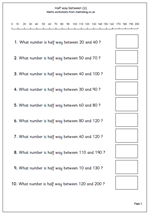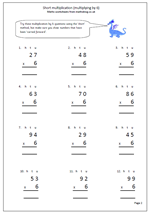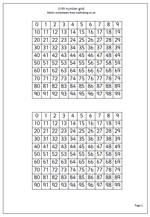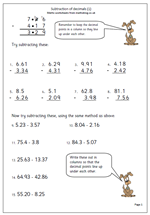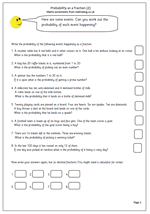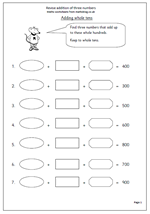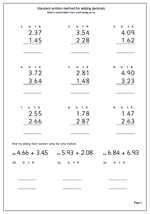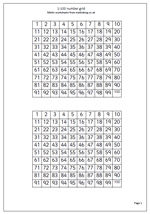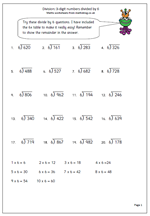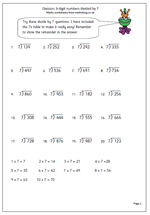 Here is another page for practising the short division method. When I was young I was taught the short method before the long method and by repeated practice learned the method, although probably not knowing why it works. Today the long method is usually introduced first as a means of showing exactly how it works, usually with easier numbers. The key to both methods is, of course, a good knowledge of tables, although on this page I have written out the 7 times table to help.
Here is another page for practising the short division method. When I was young I was taught the short method before the long method and by repeated practice learned the method, although probably not knowing why it works. Today the long method is usually introduced first as a means of showing exactly how it works, usually with easier numbers. The key to both methods is, of course, a good knowledge of tables, although on this page I have written out the 7 times table to help.
For example: 7)627
‘How many sevens in 62?’
‘7 times 8 is 56, 7 times 9 is 63.’
‘7 goes into 62, 8 times with 6 left over.’
Write the 8 in the answer above the 2.
Write the remainder 6 beside the 7 units, making 67.
‘How many sevens in 67?’
‘9 times 6 is 63.’
‘7 goes into 67, 9 times with 4 left over.’
Write the 9 in the answer in the units and write rem 4 next to it.
